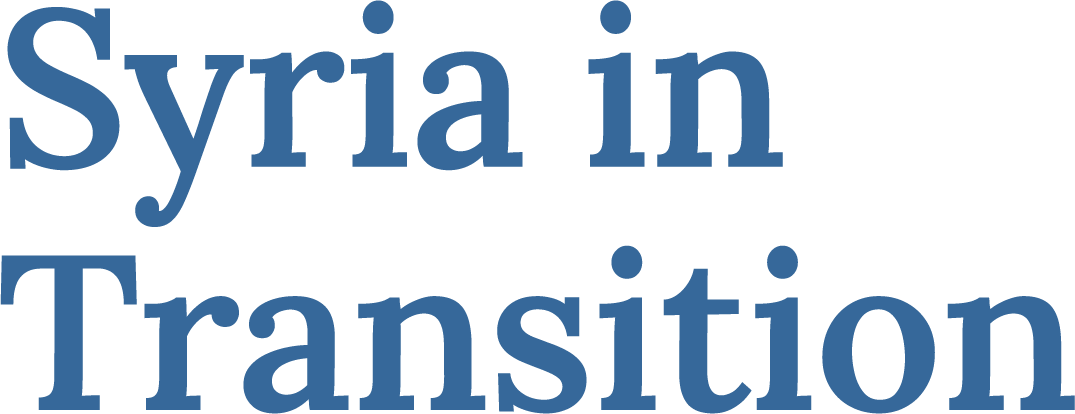In: Issue 10, March 2024
New acts at the ostracisation arena
Norwegian chargé d’affaires and DRC in Damascus
The scale of atrocities committed in Syria means that a return to normal relations with the Assad regime is out of the question. The only acceptable way forward is a genuine political process that ends the regime’s violence. This has been the stance of Western and Arab countries since early in the conflict. From the start, however, ostracisation of the regime was fragile because while “the regime” was considered an enemy, “the state” was not. When the regime has kidnapped the state and holds it hostage, it is close to impossible to ostracise one and enable the other. Practical necessities stemming from humanitarian commitments meant that working with state institutions like ministries and local authorities could not be avoided. The West found itself in a paradoxical position of being the main driver for ostracisation but also the main provider of humanitarian assistance. Ironically, it is Western humanitarian assistance that enables the regime via “the state” to provide a minimum of services, which is the enabling condition that underpins its rule. That is not an argument against humanitarian assistance, but a reminder of a constant tension in the West’s Syria response.
As ostracisation consumed so much diplomatic and bureaucratic capacity, time was not on its side. The most visible cracks have been major developments such as the regime’s US-approved return to the Arab League. Such major events, however, are the cumulative result of countless smaller developments. Ostracisation bars officials from engaging at the ministerial and presidential levels, and the EU Council Conclusion from 2018 clearly states that EU assistance “must benefit the population of Syria and avoid benefits accruing to the Syrian regime that would legitimise its national and local governance.“ Ostracisation is therefore about both normalisation and legitimisation, including at the local level. However, much of the day-to-day engagement remains at the discretion of politicians, diplomats, think tanks, civil society actors, and humanitarians. The result is an “ostracisation arena”, a public space where the terms of non-normalisation and non-legitimisation are continuously negotiated by protagonists who define performatively what they mean in practice.
Meeting at the ministry
One of those countless smaller developments that shape the policy environment was the January meeting of the Danish Refugee Council’s Country Director, Sachitra Chitrakar, with the Syrian Minister of Local Administration and Environment, Lamia Shakour. Shakour was appointed in December 2023 and is expected to be sanctioned once EU bureaucracy catches up. SANA, the official Syrian news agency, released a photograph of the meeting showing Chitrakar and Shakour seated under a portrait of Bashar Assad and flanked by regime flags. The news agency said that DRC engaged the ministry to support its good faith efforts to facilitate the return of the displaced. The regime is adept at pushing boundaries, and routinely pressures INGOs to participate in PR opportunities. For humanitarians, setting ground rules on publicity is not always the priority when the goal is securing access. Lack of preparation or misreading of political dynamics by overworked Western officials may also contribute to a laissez-faire attitude.
Another example of a small development that contributes to the wider negotiation of the terms of non-normalisation and legitimisation is a speech by the Norwegian chargé d’affaires, Yngvild Berggrav, at the Syrian Ministry of Foreign Affairs’ Diplomatic Institute in January, while standing under a portrait of Assad and flanked by regime flags. Syrian news websites were quick to publish pictures of the event. Possibly Berggrav discussed publicity beforehand, and agreed to the publication, which would beg the question why the Norwegian government thought that the chance of the speech sensitising regime diplomats (low) outweighed the risk of being instrumentalised (high); or no ground-rules were discussed at all, which would be a due diligence oversight. A third possibility is that ground-rules were discussed but the regime simply ignored them.
The Berggrav speech and the DRC meeting are new acts in the ostracisation arena that blur political red lines. The modus operandi of “only” publicly engaging with municipalities or the Syrian Arab Red Crescent to get approvals was always an illusion as everyone knew that actual decision-making was taken much higher up the regime’s strict hierarchy. With humanitarians eying more comprehensive early recovery programming at the area-level, the regime demands “higher quality” engagement. Development assistance and reconstruction is carried out in cooperation with governments and therefore pushes boundaries on what ostracisation means in practice. Normalisation is still a red line for Denmark and the European Union; and while Norway maintains a more open policy on Syria, it has traditionally avoided publicity.
Ostracisation is not a petty or high-handed move from the West but a recognition that one of the greatest state-organised crimes of humanity against its own population of this century cannot be swept under the rug. There is, however, another measure that could alter dynamics in the ostracisation arena: the Assad Regime Anti-Normalisation Act, likely to pass the US Senate this year. The question of engagement modalities could soon become unprecedentedly topical in legal and political circles.
